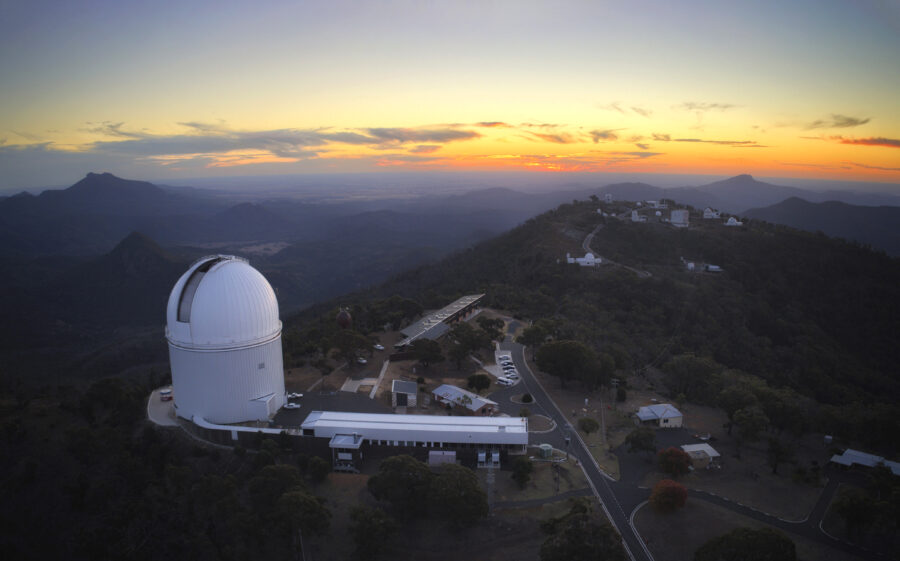
A telescope for a Golden Age
After a stellar 50 years as one of the country’s major scientific assets, the Anglo-Australian Telescope continues to play a major role in keeping Australian astronomy on the world stage.

After a stellar 50 years as one of the country’s major scientific assets, the Anglo-Australian Telescope continues to play a major role in keeping Australian astronomy on the world stage.
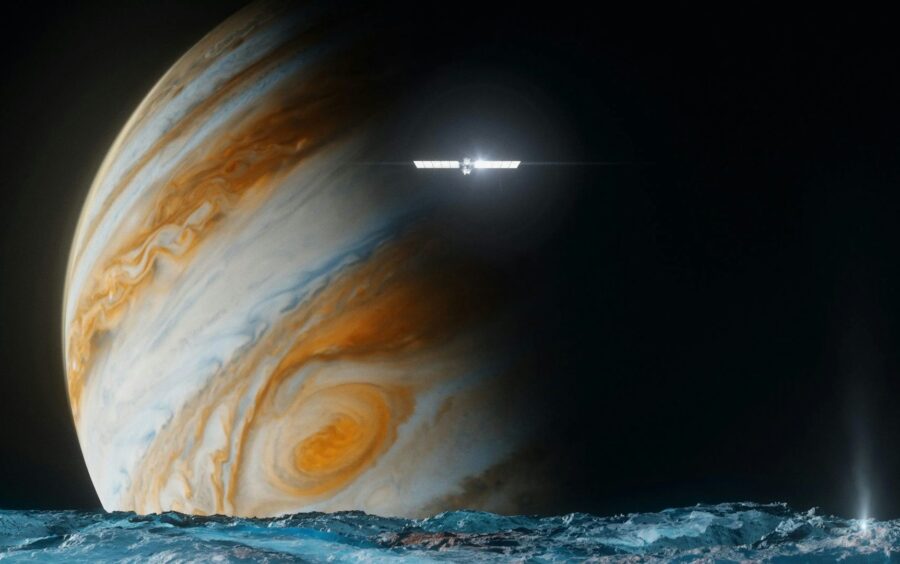
On October 10, NASA is launching a new mission to find habitable spots on Jupiter’s fourth-largest moon, Europa.

Earth is getting a tiny new mini-moon for a few weeks. It won’t be the first – or the last.
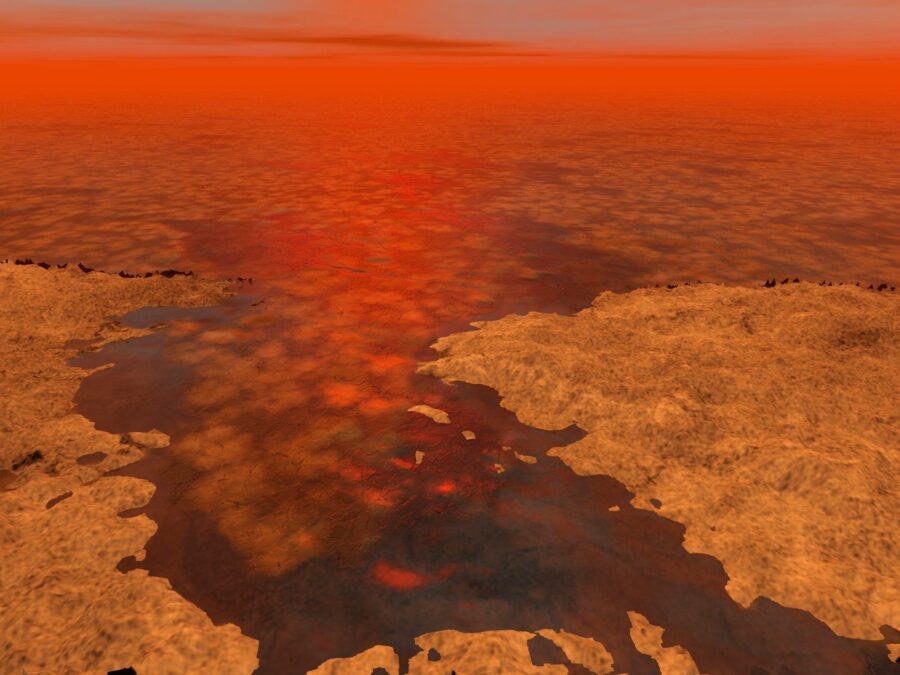
Most Australians are enthusiastic beachgoers, and we all take for granted the waves that wash our shores. But supposing there were seas on other worlds – would they have such waves too?
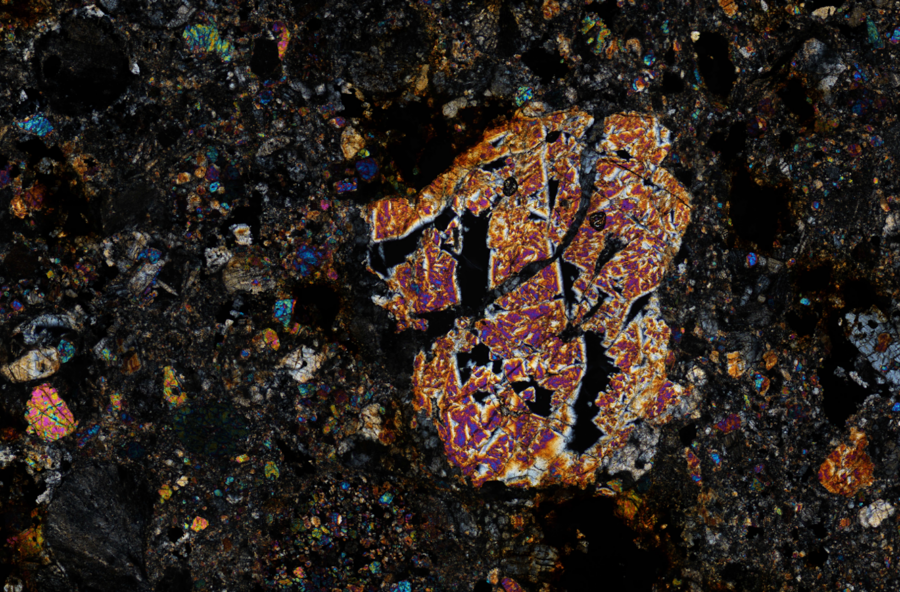
Comets and meteorites aren’t just space rocks; they’re a window into the history of Earth and have plenty to teach about the planet’s formation.
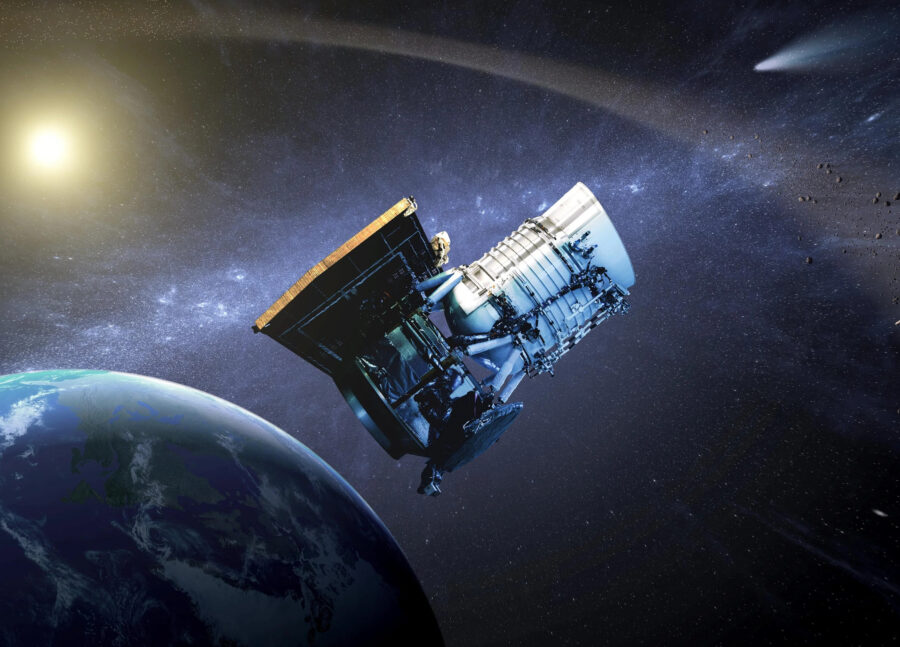
NASA just shut down a planetary defence mission that tracks asteroids. So, what happens now?
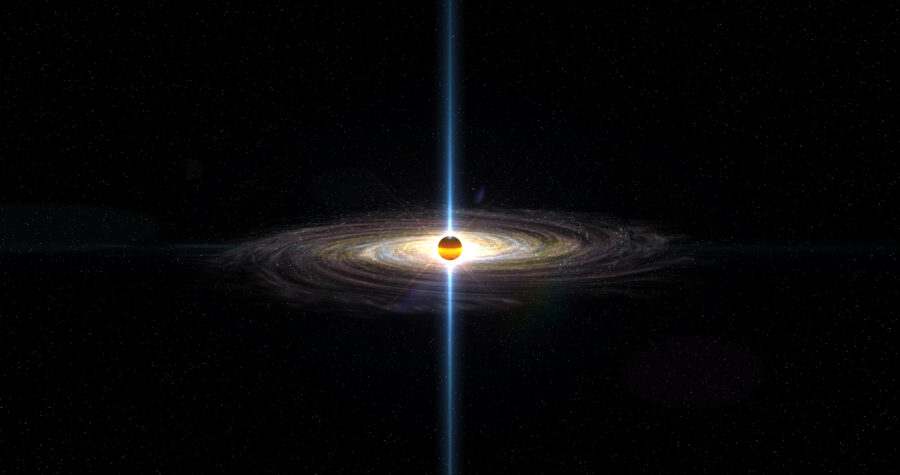
What would happen if time suddenly began running backwards? Of course, it can’t do that, but the question is one that recently crossed the minds of a team of astronomers in the USA.

One of the big surprises that’s come in recent years from our exploration of the solar system is the existence of icy ocean worlds in its outer reaches. Most are moons of the giant planets, although some dwarf planets such as Pluto may also have a similar structure.

How does a former mineworker from Broken Hill end up working for the world’s biggest space agency, NASA?
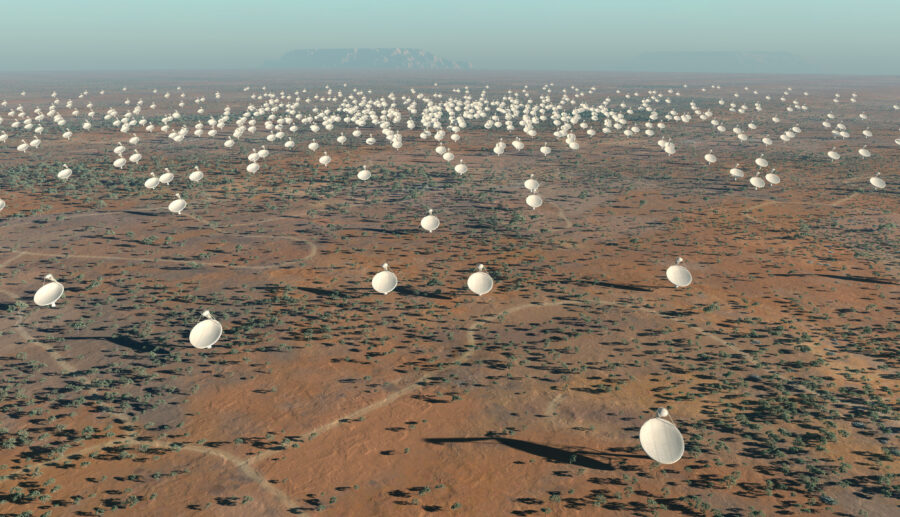
Despite the lack of a strong, overarching national strategy, engineers, scientists, academics and entrepreneurs across the continent have been busy developing Australia into a spacefaring nation, building our modern space industry from the ground up.